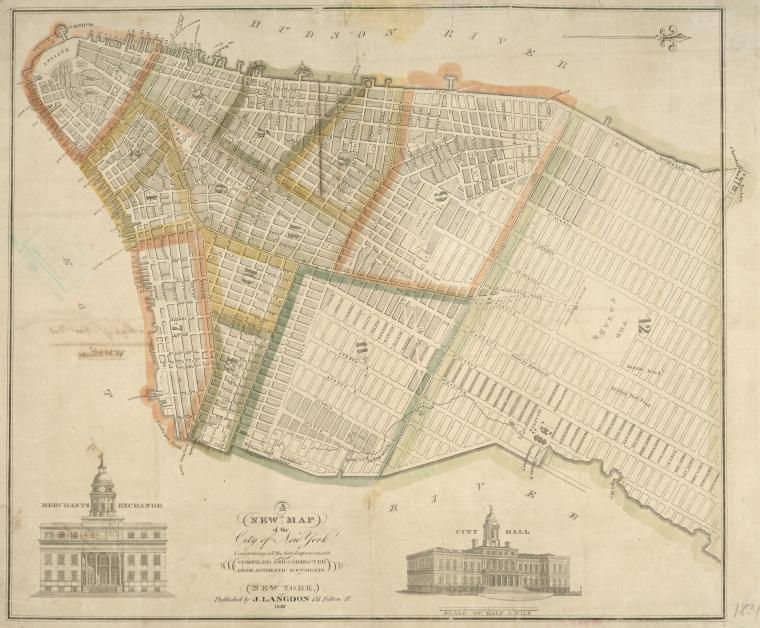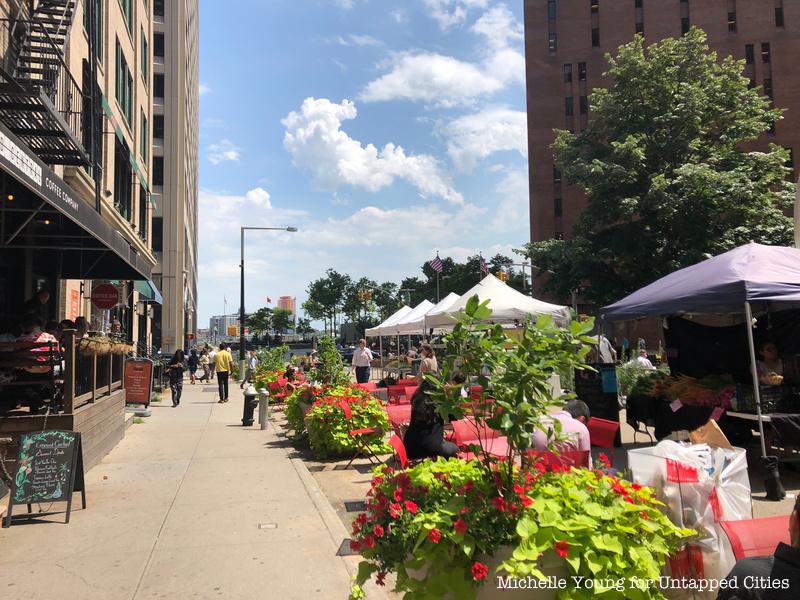
Though most people’s association with legendary writer Herman Melville may be of sailing the high seas in search of the “White Whale”, the Moby Dick author was actually quite the urbanite, spending the majority of his life living in what he refers to as “the insular city of the Manhattoes” (an extinct term referring to Manhattan’s native American inhabitants). Melville’s connection with New York City is so strong in fact that we’ve compiled a list to show how the inspiration of some of his greatest works can be found right here on the streets we walk today. Remarkably though, almost every landmark on this list has completely vanished and has since been replaced by a commercial retail space of some sort. With that, read on to learn more about the vanished locations that inspired some of the finest works of literature in the American canon. This list was also aided in no small part by Poets.org‘s brilliant Herman Melville walking tour, which can be seen here.
1. Coenties Slip (Current Financial District)

Only a single row of 19th-century buildings still exists from Melville’s time but it’s not hard to picture how this old loading dock may have sparked the young author’s imagination. It was here that he found the inspiration for a passage from Redburn, which describes the dock area as being surrounded by “grim-looking warehouses, with rusty iron doors and shutters, and tiled roofs; and old anchors and chain-cables piled on the walk.”
The warehouses in question should undoubtedly include Warehouse No. 58 and 62, which still stand today. What really caught his attention about the bay though was not the row of warehouses but the “sun-burnt sea captains” who hung out at the local coffeehouses while “talking about Havana, London, and Calcutta.”





